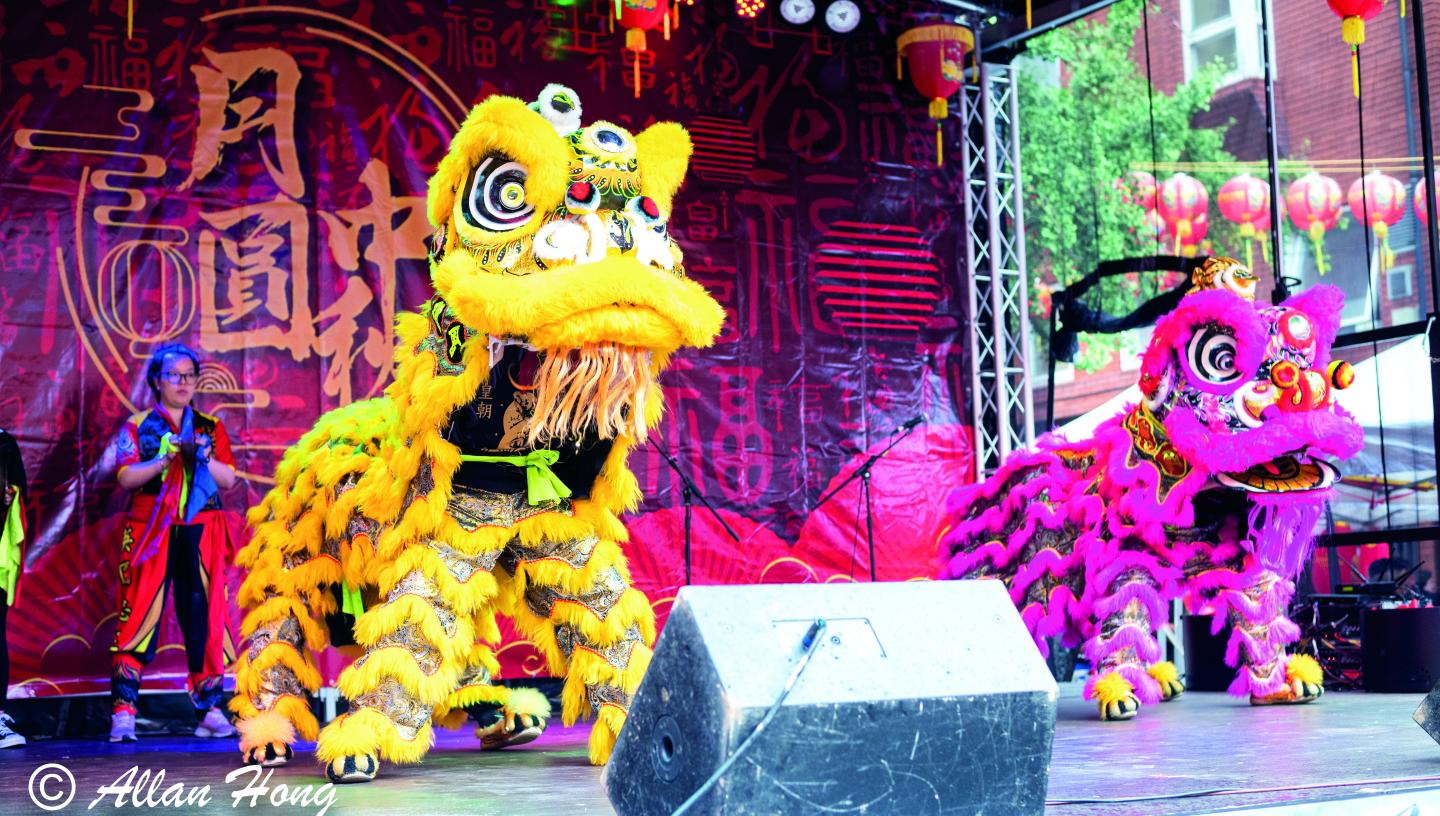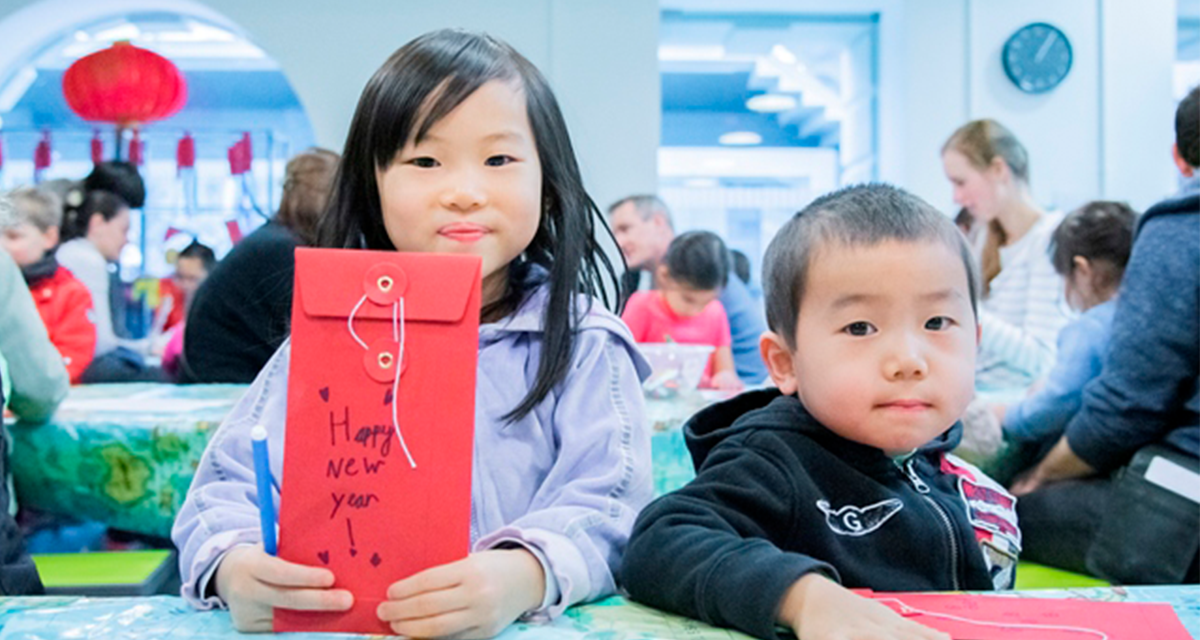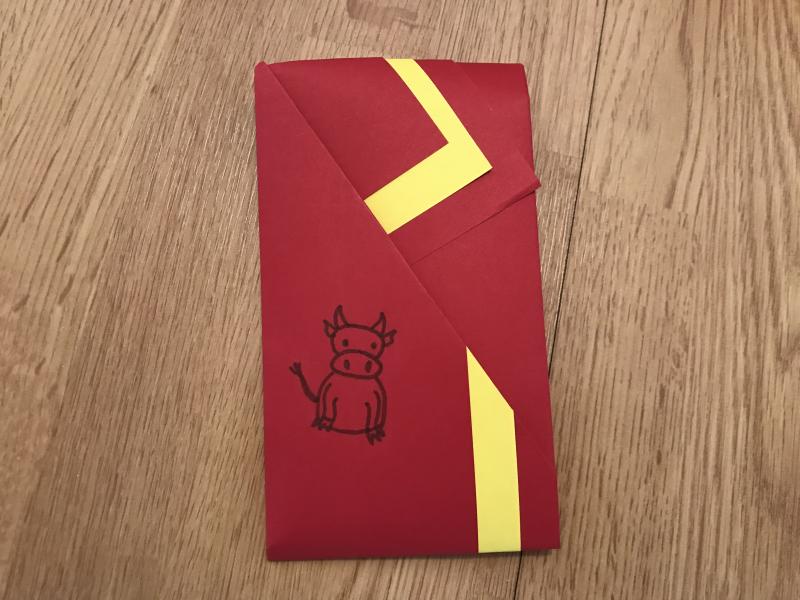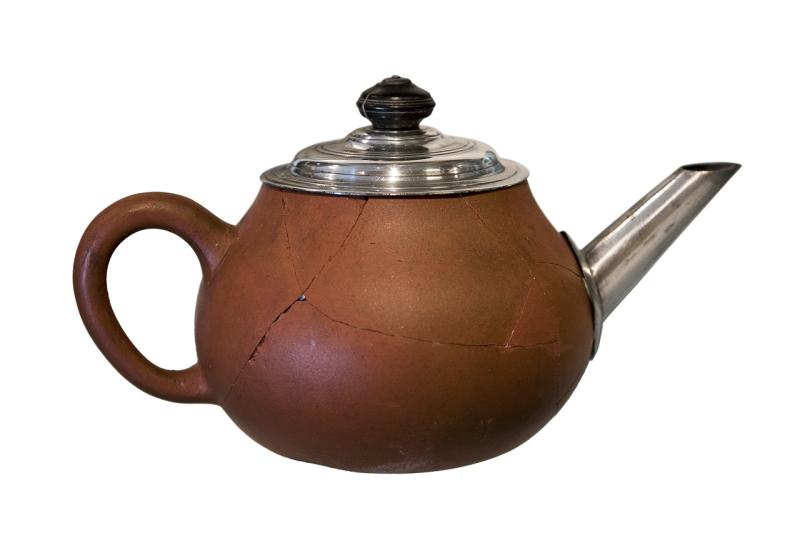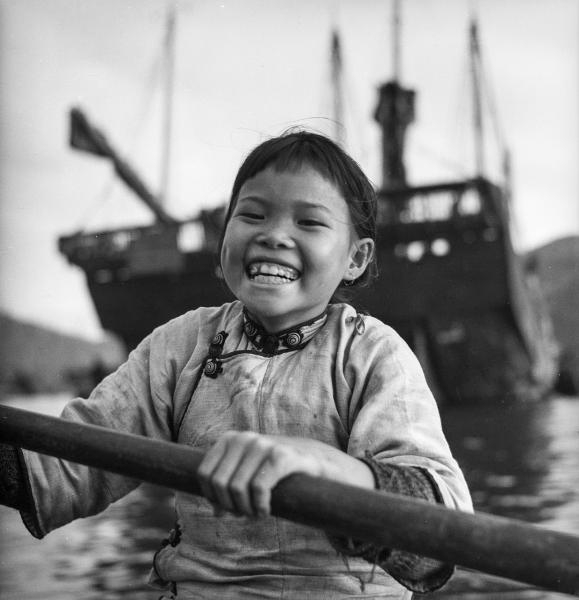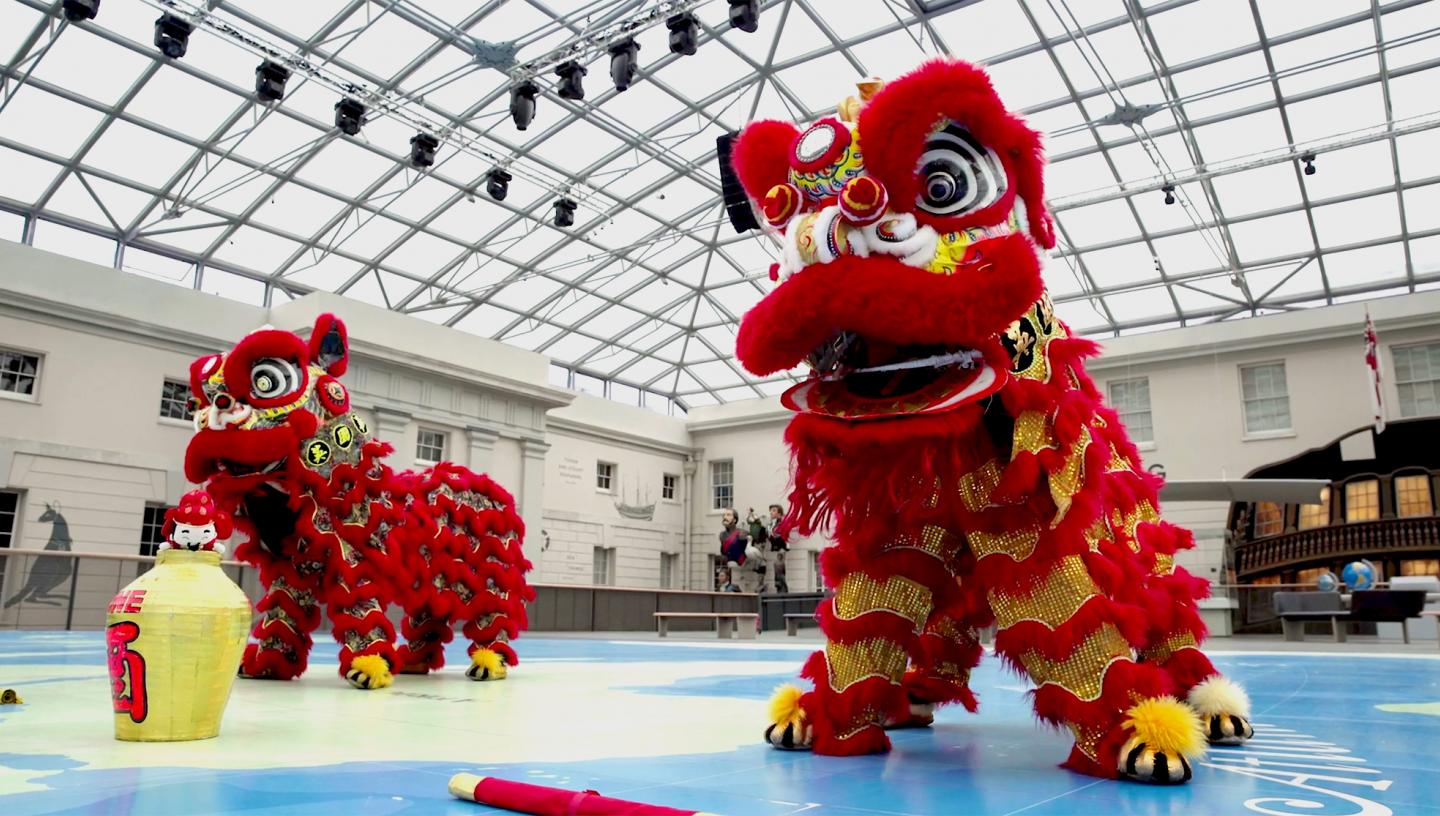
What happens during Chinese New Year? Members of the Newham Chinese Association explain some of the traditions, festivals and customs that take place when Chinese New Year is celebrated.
From folk stories and traditions to food, drink and costumes, discover facts about Chinese New Year and how it is celebrated both in China and the UK.
How do people celebrate Chinese New Year?
The Chinese New Year (新年) is also known as the Spring Festival (春节). It is the most solemn festival of the year for every Chinese and has been celebrated in China for thousands of years, with various forms of activities among the diverse regions of China.
The New Year celebration is centred around removing the bad and the old, and welcoming the new and the good. It's a time to worship ancestors, exorcise evil spirits and pray for good harvest.
Today it's celebrated also by Chinese communities outside the country. Lion dance, dragon dance, temple fairs, flower market shopping and so on are just a few of these rich and colourful activities.
In the run-up to the new year people will clean their houses to get rid of dirt, rubbish and other unwanted items. They will redecorate them with red couplets, lanterns, new flowerpots and furniture, and will shop for foodstuffs for banquet specialities.
The New Year is an important family reunion occasion, so those who are living or working far away would return home prior to the holiday. In China this is now known as Chun Yun (春运 Moving in the Spring): tens of millions of people travel on the country's vast public transport systems or via private means, coming home to be with their loved ones.
How do you celebrate Chinese New Year with friends and family?
As an important family reunion occasion, food and drink are a crucial part of the New Year celebration. Members of the family sit around a big table to have a New Year's Eve dinner. This is known as Nian Ye Fan (年夜饭).
Families burn incense to worship their ancestors. Older and senior members of the family give the younger ones good luck pocket money known as Ya Sui Qian (压岁钱) contained in a red envelope (Hong Bao 红包).
Everyone would have a thorough bath to cleanse themselves and wash away the bad luck before the end of the year. Children and adults would change into new clothes, new shoes, new outfits for the festive period.
At midnight on New Year's Eve, noisy firecrackers would be set off to usher in the New Year. On New Year's Day and the few days that follow, friends would visit each other's homes and offer good luck wishes to each other, exchange seasonal greetings (拜年), where they make a bow with hands folded in front (作揖).
How do you say ‘happy new year’ in Chinese?
In northern China, it is common to say "Xinnian Kuaile" (Happy New Year in Mandarin) when greeting someone. Whereas in Guangdong and Hong Kong, the Cantonese version of the greeting is "Gong Hey Fat Choi" (wishing you a prosperous year).
What Chinese New Year decorations do you make?
Decoration is a big part of Chinese New Year celebration. People spend substantial time and effort to uplift their houses and the immediate surroundings in order to welcome the Gods of Wealth (财神). There are said to be two Gods of Wealth: one God of Civil (文神) and one God of Military (武神).
People fix up paper-cuts (窗花) on windows and folk paintings on walls, hang red lanterns in and outside their houses, display couplets (春联) on doors, hang a big Chinese character LUCK (福) on the main entrance and so on.
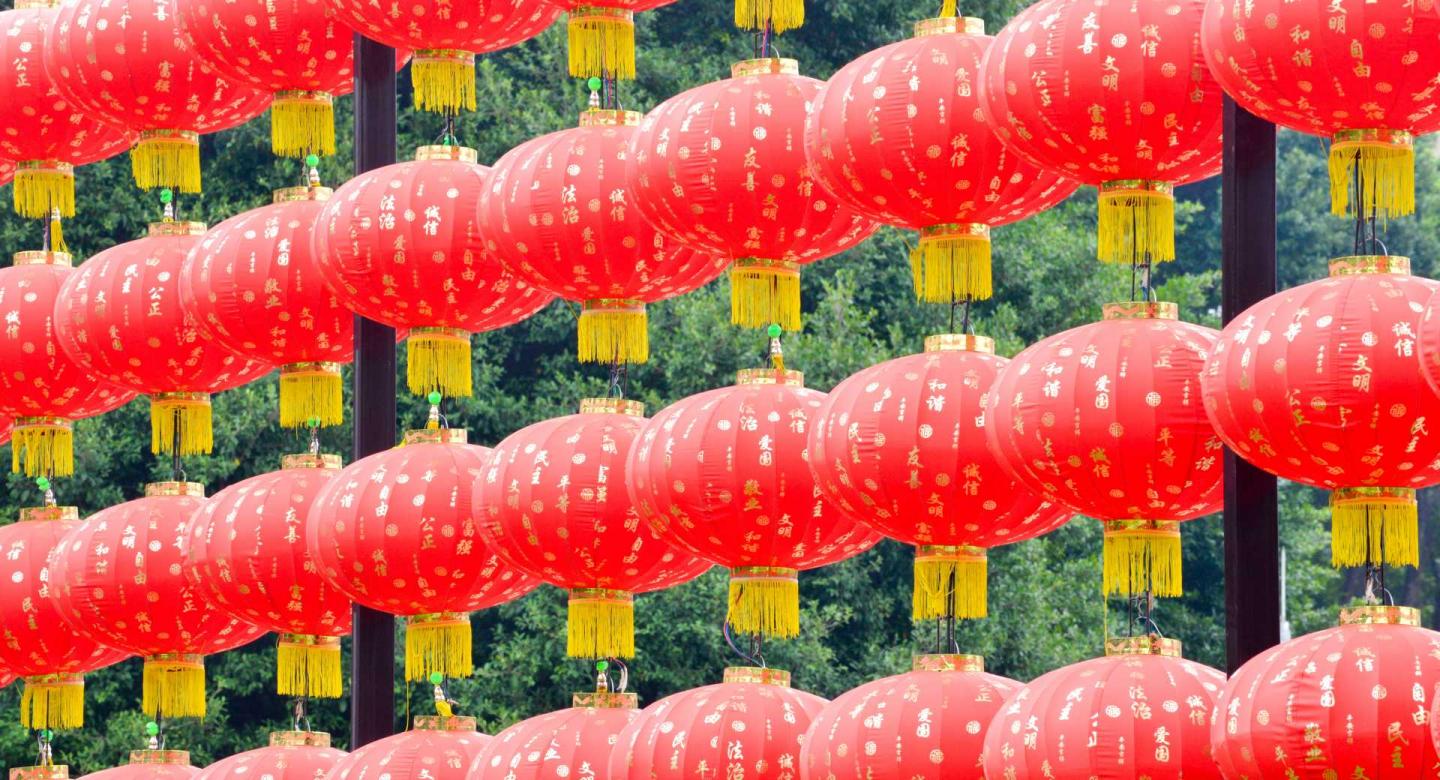
In some parts of northern China this Chinese character is often hung upside down, because the term "upside down" sounds like "arriving" in Mandarin Chinese. Thus an upside-down LUCK would mean LUCK arriving there.
Streets, city squares and other public places are also decorated with banners, flags, flowerpots, orange trees and so on in order to boost the festive atmosphere. Peach, plum and daffodils are mostly seen because they are thought to bring good luck.
What stories and myths are told on Chinese New Year?
There are various mythical stories about the Chinese New Year, popular in different regions of the country.
According to one story, once upon a time there was a world of ghosts. In it there was a mountain with a big peach tree expanding over a vast landscape. On top of this tree nestled a golden rooster. Each morning when the rooster crowed, all the ghosts would hurriedly return from their night out. At the entrance to the ghost world sat two Door Gods (门神) on each side of the gate. If a returning ghost was found to have done harm or evil the night before, it would be punished by the Door Gods. This is the origin of the couplets that people display during the Spring Festival: they are believed to have the power of stopping evils and bad luck.
Another story tells of a unicorn beast in ancient times in China. The unicorn was called Nian and was fiercely aggressive. It lived on the sea bottom but would go ashore to loot livestock and hurt people. Every year when it was near the New Year's Eve the villagers, young and old, would escape into the bushes and hide themselves from the beast.
Once, there came an elderly man, who declared he had the magical power of fending off this beast. So one night when the beast appeared again, intending to loot the village, firecrackers suddenly went off from nowhere, explosive and noisy. Then came the elder in a red robe, laughing out loud.
Seeing this the beast became frightened and fled in embarrassment. From then on, every year the villagers would set off fireworks and decorate their homes with red materials. Gradually this has become a tradition to celebrate the New Year with noisy sounds and red decor.
What is considered bad luck during Chinese New Year?
There are different practices for cleaning the house over the New Year period. Largely speaking, people would not sweep the floor on New Year's Day; or if they do, they would not dump rubbish or throw water outside the house.
Anything collected from the broom should be kept inside the house, as throwing it out would mean parting with wealth for the coming year.
It's also important that when sweeping the floor, one must not sweep in to someone's feet, because it would bring bad luck to them in times to come.
People would not leave the house through the back door on New Year's Day, either; older family members would not scold kids, even if they do not behave themselves as they should.
Why do people have Lion and Dragon dances on Chinese New Year?
Traditionally if anyone happened to see any of the ‘Lucky Mascots’ (吉祥物) on New Year's Day, they'd be very lucky for the year to come. The four ‘Lucky Mascots’ are Dragon, Phoenix, Unicorn and Dragon Turtle (龍龟). They are fictional animals either living in the sea or flying in the sky. This explains why people perform Lion and Dragon dances to celebrate the New Year.
Watch a traditional Lion Dance performance recorded at the National Maritime Museum
What other things can bring good luck during Chinese New Year?
On New Year's Eve, traditionally people would light candles or oil lamps to keep vigil all night: this is known as Shou Sui (守岁). In this way, they drive away all evil plagues and look forward to the good luck of the New Year.
There are various activities for Shou Sui, such as eating food, having tea and Nian Gao (年糕 New Year's Cake), Tang-Yuan (汤圆), snacks, and playing mahjong, chess or card games or simply chatting around the stove.
What Chinese New Year food do people eat?
Chinese New Year’s Eve dinner is a family reunion occasion, and the most important dinner for the entire year. The New Year’s Eve banquet is exquisite; however harsh life might have been over the year, everyone would always try to have the best dishes on the table.
China is a vast country, so the food customs and favourite dishes vary in different regions. In many parts of Northern China, people eat "Jiaozi" (饺子dumplings) as the most favoured dish for the New Year's Eve dinner. There are different flavours of Jiaozi with different types of fillings, such as meat, seafood and vegetables.
In Southern China, in particular in the coastal provinces such as Guangdong, Fujian, Zhejiang and so on, the dishes for the New Year's Eve dinner are even more diverse and colourful.
Overall though, notwithstanding North or South, amongst the many delicacies, most families would have a fish dish for the banquet, because the character "Fish" (鱼) reads exactly the same as the character "Plenty"(余). Having a fish for the Year End dinner symbolises "Niannian Youyu" (年年有余 plenty of wealth every year).
In the Beijing region and some other Northern parts of China, people also eat Laba Congee (腊八粥). This dish is cooked with rice, beans, peanuts, dried fruit, lotus seeds, nuts, sugar and so on, traditionally symbolising harvest of the past year.
Instead of Laba Congee, most people in the south eat Nian Gao (年糕 New Year's cake). Nian Gao is cake steamed with sticky glutinous rice and cane sugar. It is considered good luck to eat Nian Gao during this time because it is a homonym for "Year High": the Chinese character 粘 (nian), meaning "sticky", is identical in sound to 年, meaning "year". The word 糕 (gāo) meanwhile, meaning "cake", is identical in sound to 高, meaning "high or tall". The term Niao Gao therefore can be interpreted as "Getting higher, or taller, or better or more promising for the year to come".
Tang Yuan (汤圆) is a ping-pong shaped "cake" made from glutinous rice flour. The fillings are often bean or nut powder with sugar, cooked and eaten with soup (汤). Tang Yuan (汤圆) in Chinese sounds like Tuan Yuan (团圆) or reunion; so eating glutinous rice balls means family happiness and reunion in the new year.
Are there other regional differences for Chinese New Year celebrations?
In Northern China, shou Sui (守岁) is a more common practice for most people on New Year's Eve. The whole family stays together to make Jiaozi with fillings of peanuts, dates, chestnuts, and meat stuffing into dumplings and sometimes coins (to symbolise luck). In the morning and on the days that follow, people would visit the temple fairs, watch colourful street performances and so on.
In Southern China, traditionally the family sits around the stove after New Year’s Eve dinner, eating sunflower seeds, watching TV, and chatting away the night. In some places like Hong Kong, people eat vegetarian food on the first day of the New Year. Vegetables (菜) in Cantonese sounds like Wealth (财 cai), so eating vegetables symbolises a clean beginning of new money for the year to come. Street performances such as Lion and Dragon dances are more popular in South China, whereas visiting temples (逛庙会) are favoured in the north.
Is there anything else you would like to tell us about Chinese New Year?
Chinese communities in the UK and other Western countries normally hold a big celebration of the Chinese New Year on the first weekend after the proper New Year's Day. This is because people often have to work on New Year's Day, unless it falls on a weekend.
Even if it falls on a weekend, most people would stay at home to have a big dinner with their family instead of going out. Unlike in China and Hong Kong and the Far East in general, it is not so easy for people living in the West to gather from small towns villages where they work and live. Therefore holding a public event on the weekend nearest to the proper New Year's Day after it has just gone past is the best choice.
Traditionally Chinese New Year celebrations would last until mid-January in the Chinese calendar. But recently in China and Hong Kong, instead of staying at home for the whole period, some people choose to travel elsewhere from the second or the third day of the New Year. Countries in Southeast Asia are often the most popular destinations for this New Year short break.
Find out more
